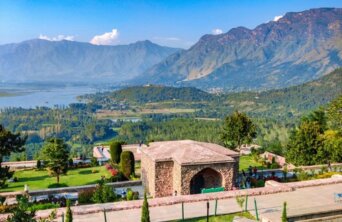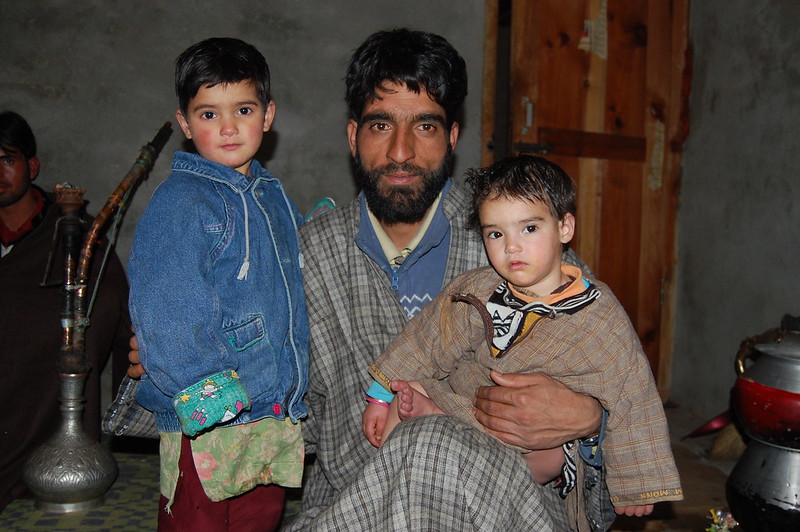- About
- Topics
- Picks
- Audio
- Story
- In-Depth
- Opinion
- News
- Donate
-
Signup for our newsletterOur Editors' Best Picks.Send
Read, Debate: Engage.
| topic: | Climate Change |
|---|---|
| located: | India |
| editor: | Hanan Zaffar |
Indian-administered Kashmir is witnessing a snowless winter, posing an environmental and financial threat to the region. The current drought serves as a reminder of climate change's broader, long-term impacts.
The region is experiencing warmer temperatures than even the north-Indian plains, which is unprecedented. The temperatures recorded are almost 5 degrees Celsius above what used to be usual at this time.
The region, specifically the upper reaches, would be completely covered in snow by this time in winter. However, Kashmir's mountains are bare, missing their usual winter blanket. This lack of snow paints a grim picture for the region's future, with earlier Spring seasons, hotter summers, less water in major rivers, and an impact on the region's essential sectors like tourism and agriculture.
The snow accumulates during winters and melts slowly in spring, feeding rivers and irrigation canals. But with hardly any snow this year, summer can be expected to be bone-dry, leaving the land parched and crops thirsty.
Tourism, a pillar of Kashmir's economy, is the worst hit. The slopes that skiers would otherwise top are now laden with brown grass. There are empty hotels and silent streets in what is usually a buzzing tourist season at this point.
The region is already feeling the increased temperatures. This time of the year would be the coldest of the year. The temperature in Srinagar city usually goes as low as -8 degrees Celsius; this year, it has chiefly remained over zero degrees Celcius.
If the dry spell continues, so could the heat in the coming months. The spring is expected to arrive much earlier this year and be hotter than usual. And so will be the case with summer. The change in season can impact almost all of the region's ecology. The early springs will impact the region's flora and fauna, hurdle the migratory birds, and equally disbalance the natural water network of the region.
The agriculture will face the most heat because of the current weather situation. With the irregular seasons and subsequent imbalance in climate and temperatures, almost all of the region's crops will be negatively impacted. The horticulture and grain crops, which form the bulk of the valley's production, will be adversely affected as the rivers and canals will be sourced by lesser snow.
The current situation is a serious sign of the detrimental and widespread consequences climate change will have and is having in the Himalayan region. The consequence is not limited to mere temperature rise but will be experienced across almost all the sectors that directly or indirectly impact human life.
Image by Yasser Mir.

